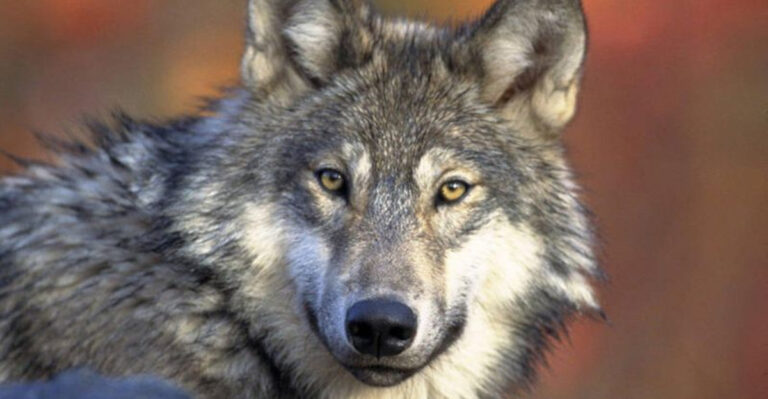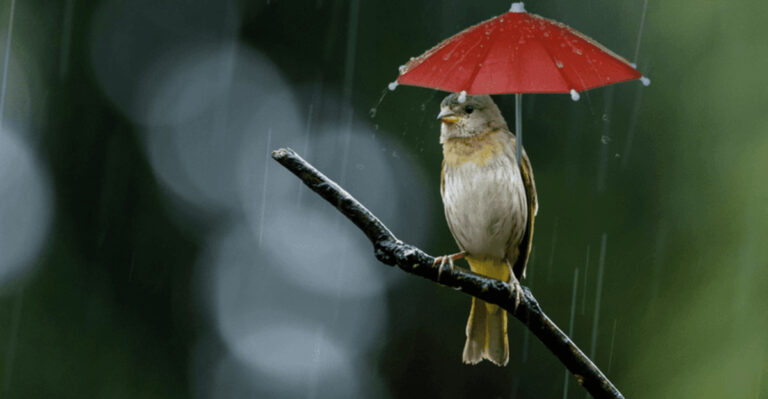14 Must-See Owls Found Across North America
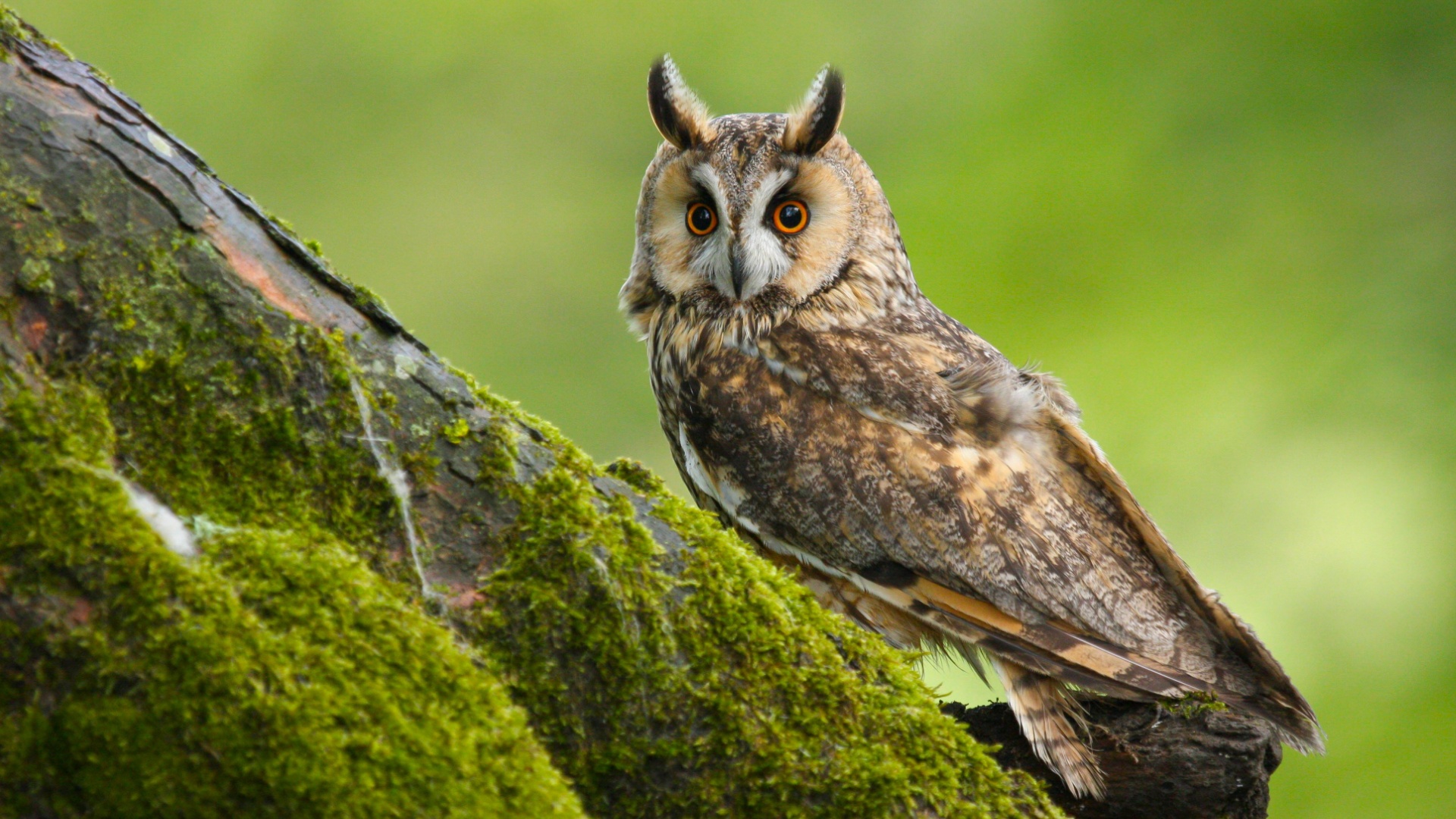
North America is home to a diverse range of owl species, each with its unique charm and characteristics. Their haunting calls and striking appearances make them fascinating subjects for birdwatchers and nature enthusiasts alike.
Check out these remarkable owl species you should know about, from the majestic Great Horned Owl to the diminutive Elf Owl.
1. Great Horned Owl
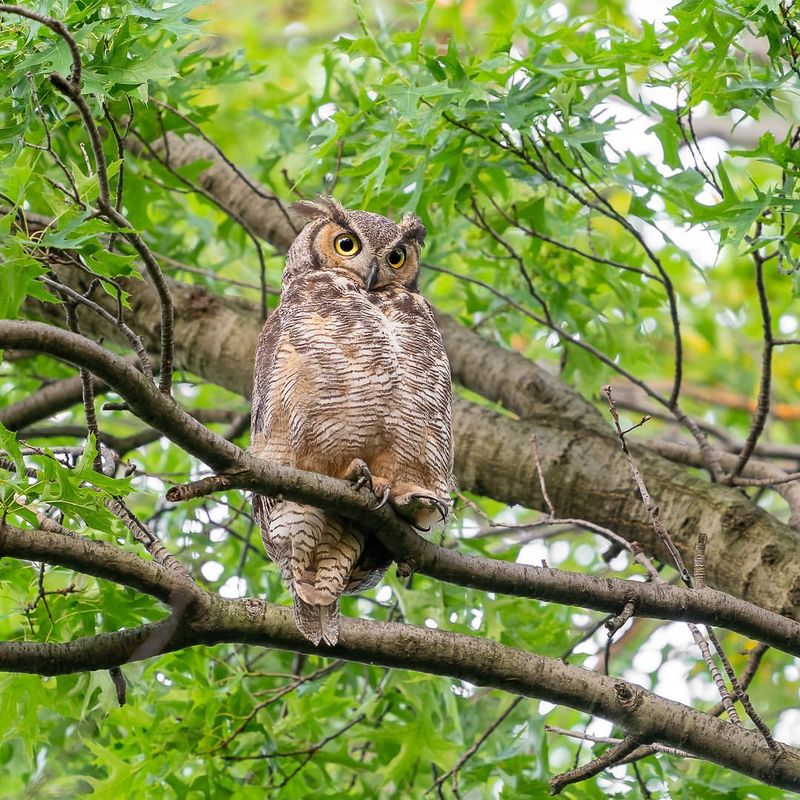
The Great Horned Owl is a powerful predator, recognizable by its tufted ears. Found across various habitats, it boasts a wingspan of up to 5 feet.
With feathers that allow silent flight, it hunts primarily at night. These owls are highly territorial and known for their deep hoots.
2. Barn Owl
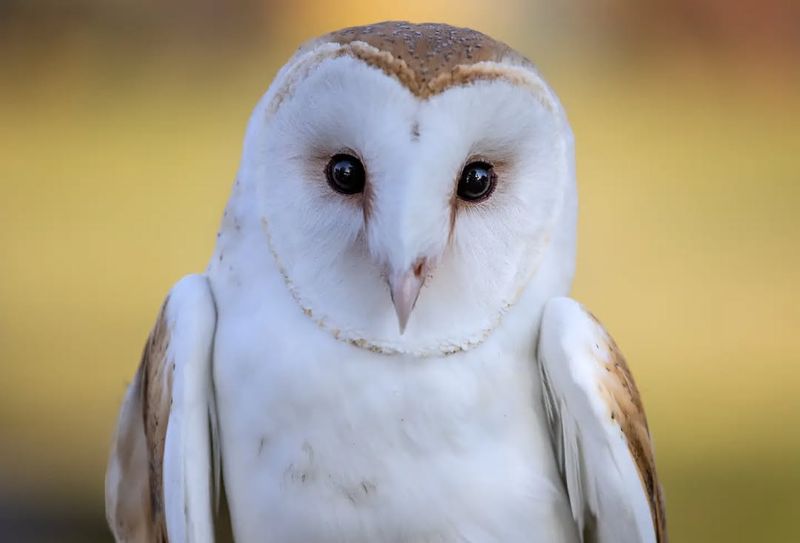
Barn Owls captivate with their heart-shaped faces and ghostly plumage.
They thrive in open areas like fields and meadows. Known for their eerie, rasping calls, they hunt silently at night, using acute hearing to detect prey.
Their diet mainly consists of rodents, making them valuable for pest control. They nest in barns, hollow trees, and cliffs.
3. Snowy Owl
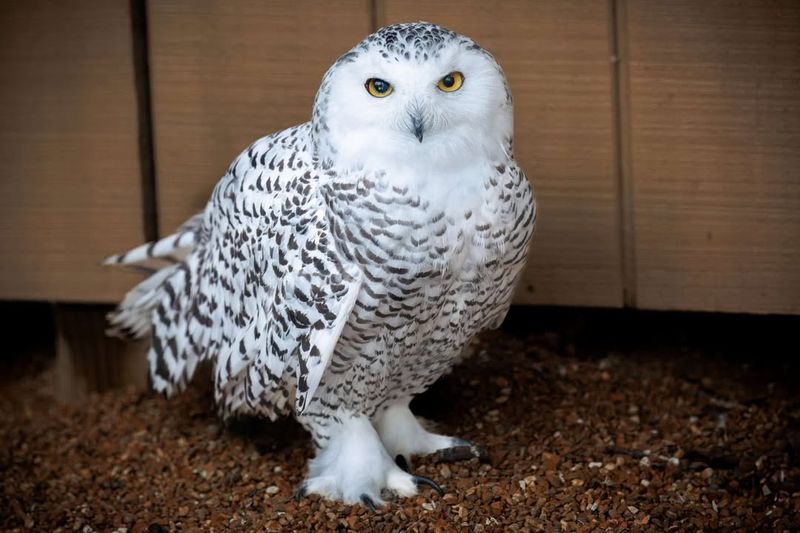
With brilliant yellow eyes and pure white feathers, this majestic bird stands out against snowy landscapes.
Active during the day, it’s often seen hunting in open fields after migrating south for winter. The Snowy Owl, a symbol of the Arctic’s raw beauty, primarily feeds on lemmings and other small mammals.
Its daytime activity and iconic look make it one of the most fascinating owls to observe.
4. Barred Owl
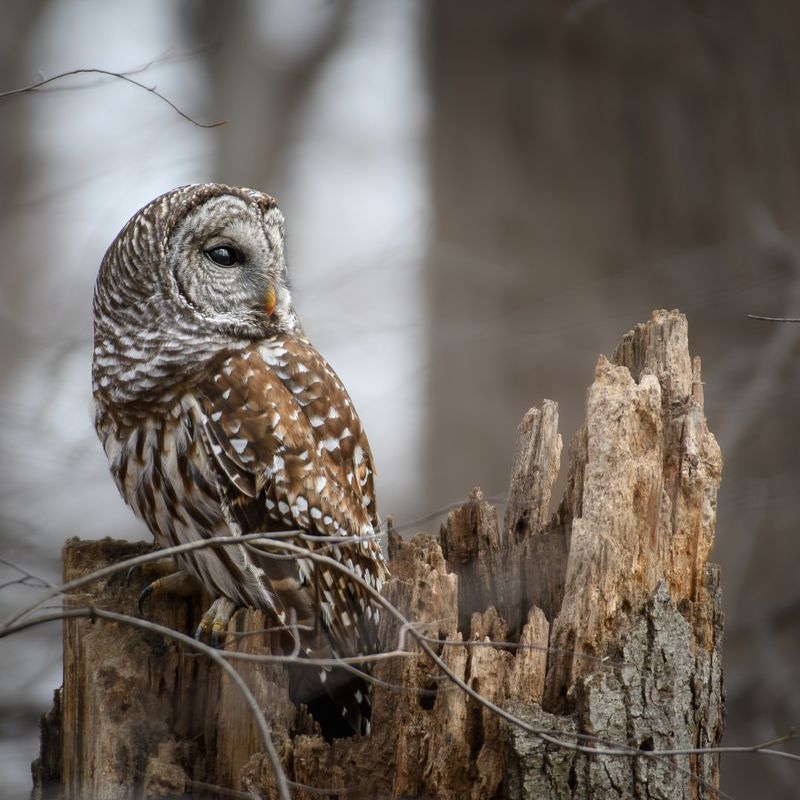
Barred Owls are named for their distinctive striped patterns. They inhabit forests across North America.
Their call, a series of hoots, is often heard during the night. These owls prefer wooded areas near water. Their diet includes small mammals, birds, and amphibians.
Known for their curious nature, they may approach humans with interest.
5. Eastern Screech Owl
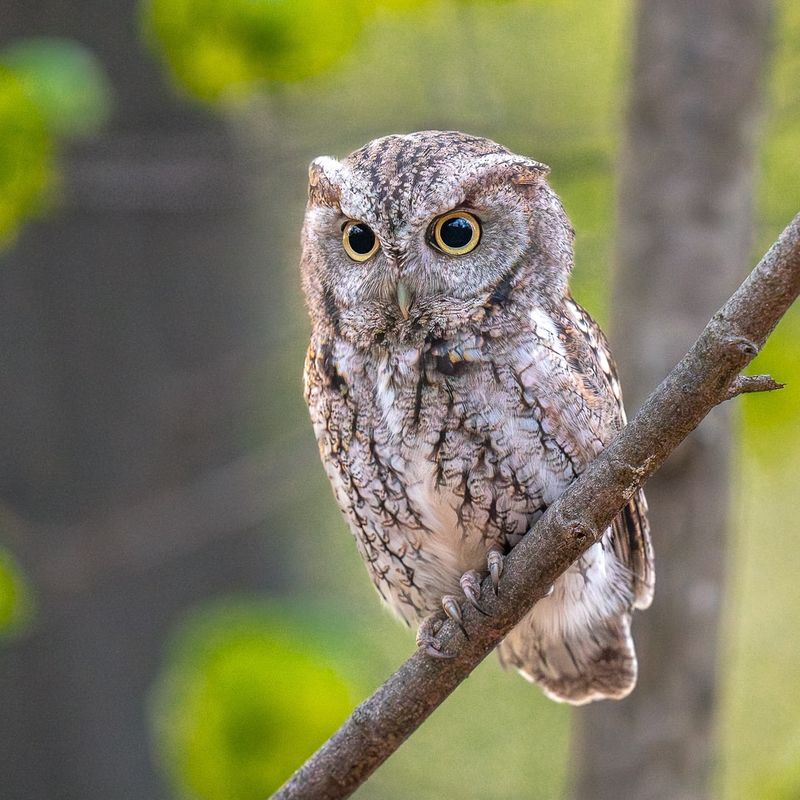
The Eastern Screech Owl is a small, adaptable bird, found in wooded areas and urban settings.
It has a stout body and rounded head. Its call is a haunting trill. These owls eat insects, small mammals, and birds.
Their plumage provides excellent camouflage against tree bark, helping them avoid predators and surprise prey.
6. Northern Saw-Whet Owl
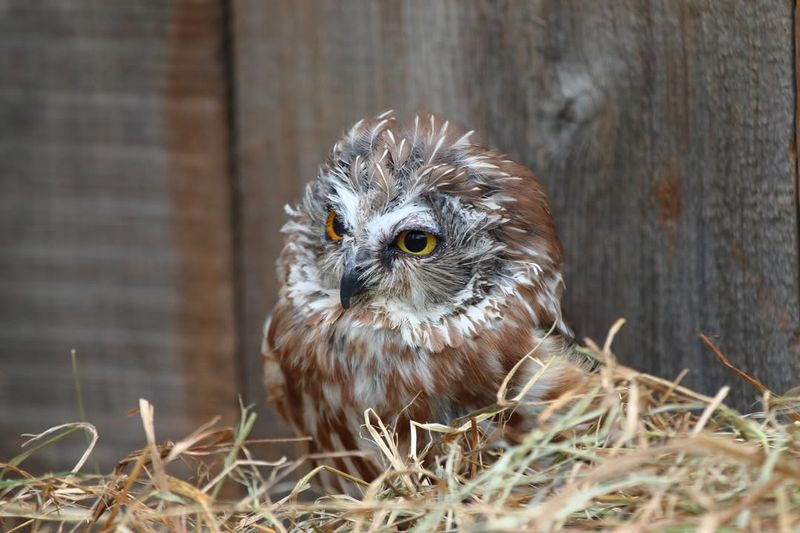
Tiny and elusive, this forest-dwelling owl is known for its distinctive tooting call that echoes through the trees.
With a round face and wide eyes, the Northern Saw-Whet Owl is one of the smallest owl species in North America. It primarily preys on small mammals like mice, making it a skilled nocturnal hunter.
Despite its size, it remains a mystery to researchers due to its secretive habits and still-unfolding migration patterns.
7. Long-Eared Owl
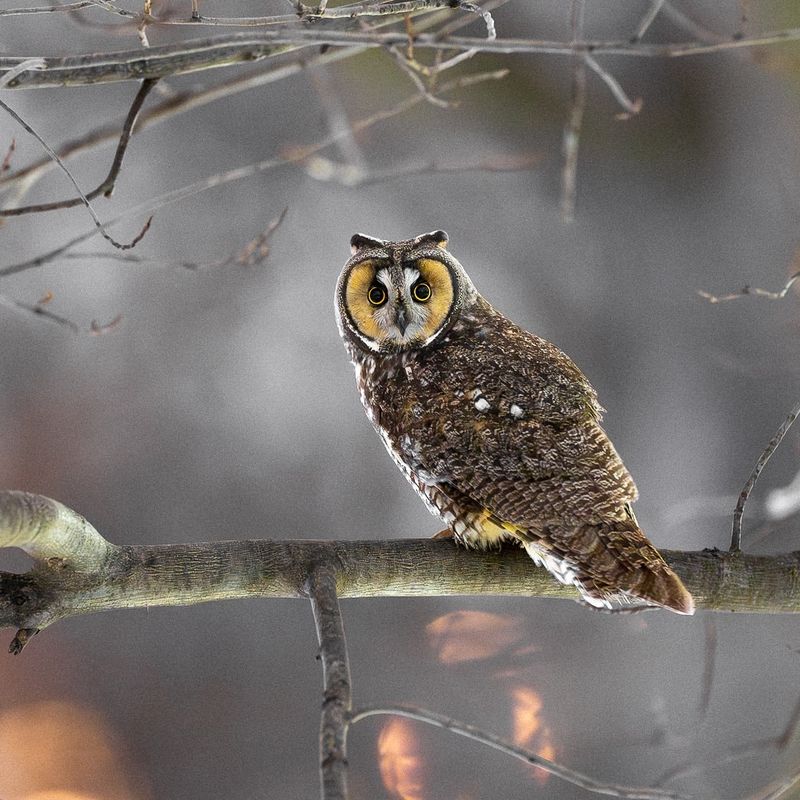
Long-Eared Owls are characterized by their prominent ear tufts. They roost in dense foliage and are skilled nocturnal hunters.
Their diet mainly consists of small mammals and birds. These owls are migratory, moving to warmer climates in winter.
Their haunting calls and secretive nature make them a challenge to spot, adding to their enigmatic allure.
8. Short-Eared Owl
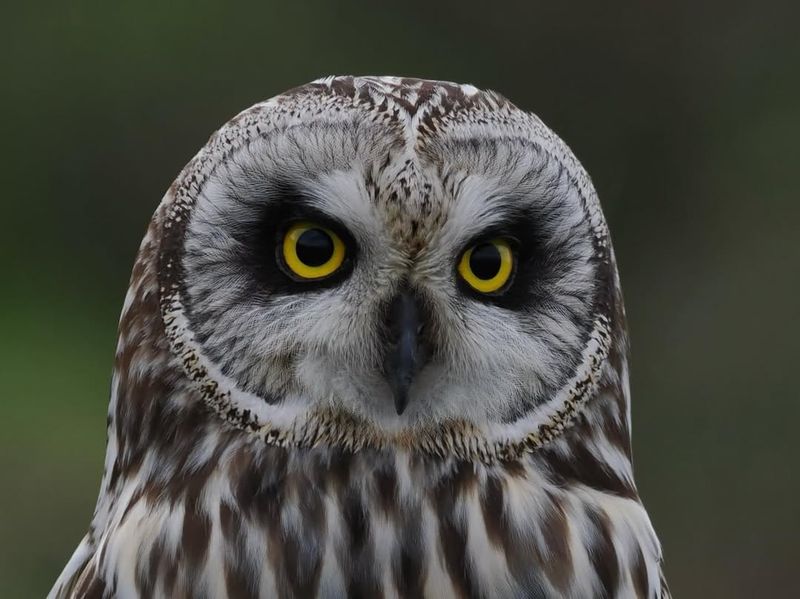
Often seen gliding low over open fields, this owl is a rare diurnal hunter among its mostly nocturnal relatives.
With short, subtle ear tufts and a piercing gaze, the Short-Eared Owl stands out in grasslands and marshy habitats. Its diet consists mainly of voles and small mammals, making it a valuable predator in open ecosystems.
During migration, its widespread range makes it one of the more visible owl species in North America.
9. Burrowing Owl
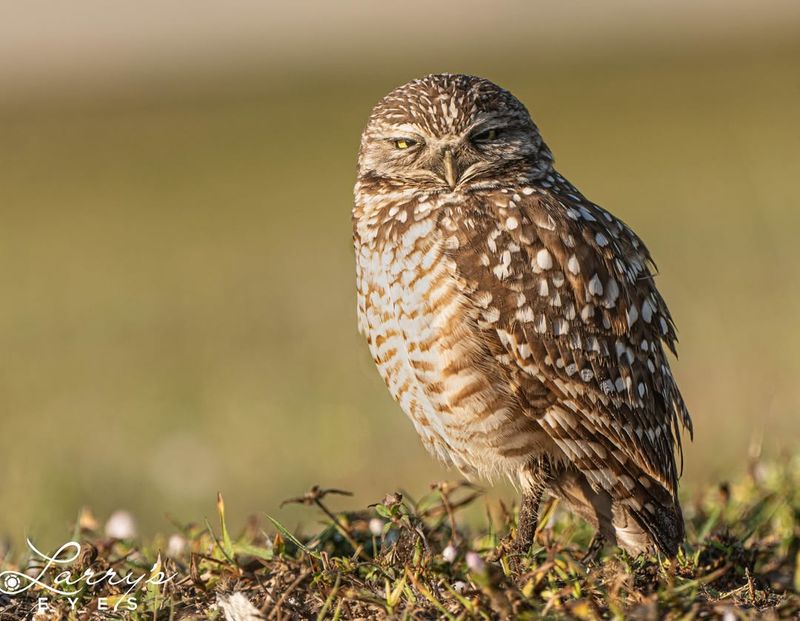
Burrowing Owls are unique for living in underground burrows, often in prairies or deserts. They have long legs and bright eyes.
Active during the day, they hunt insects and small animals. These owls often share their burrows with prairie dogs or tortoises.
Their comical, bobbing head movements and curious nature endear them to bird watchers.
10. Northern Hawk Owl
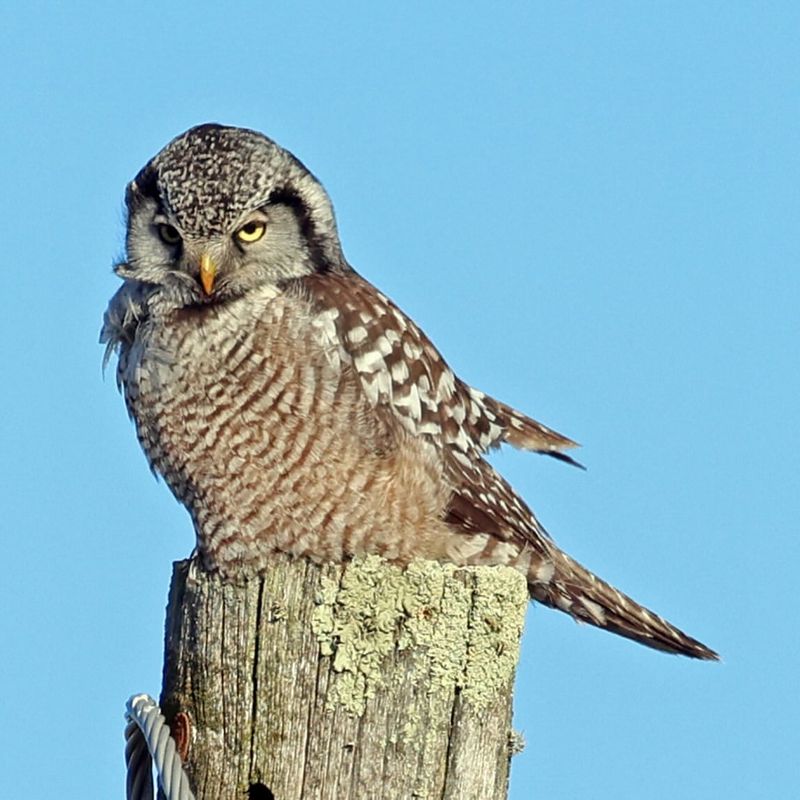
With keen eyesight and a long tail, this agile bird resembles a hawk more than a typical owl.
The Northern Hawk Owl hunts during the day, scanning the boreal forests for small mammals. Its swift flight and diurnal habits make it one of the easier owls to observe in the wild.
Known for its speed and precision, it brings a unique flair to daytime forest life.
11. Great Gray Owl
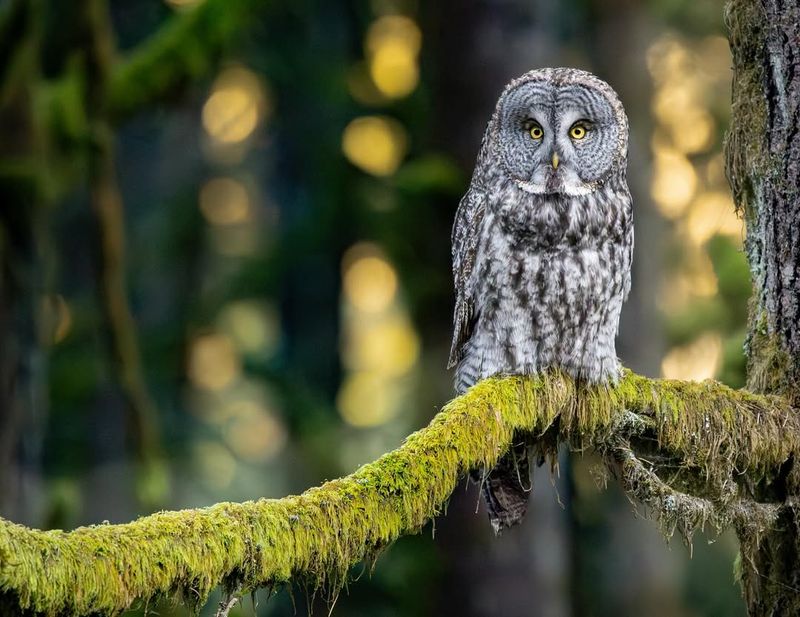
The Great Gray Owl, with its impressive size and grey plumage, is a majestic presence in northern forests. It hunts by listening for prey beneath the snow.
Despite their size, these owls are elusive, often hidden among the trees. Their diet primarily consists of small mammals.
Known for their silent flight, they’re a favorite among photographers.
12. Western Screech Owl
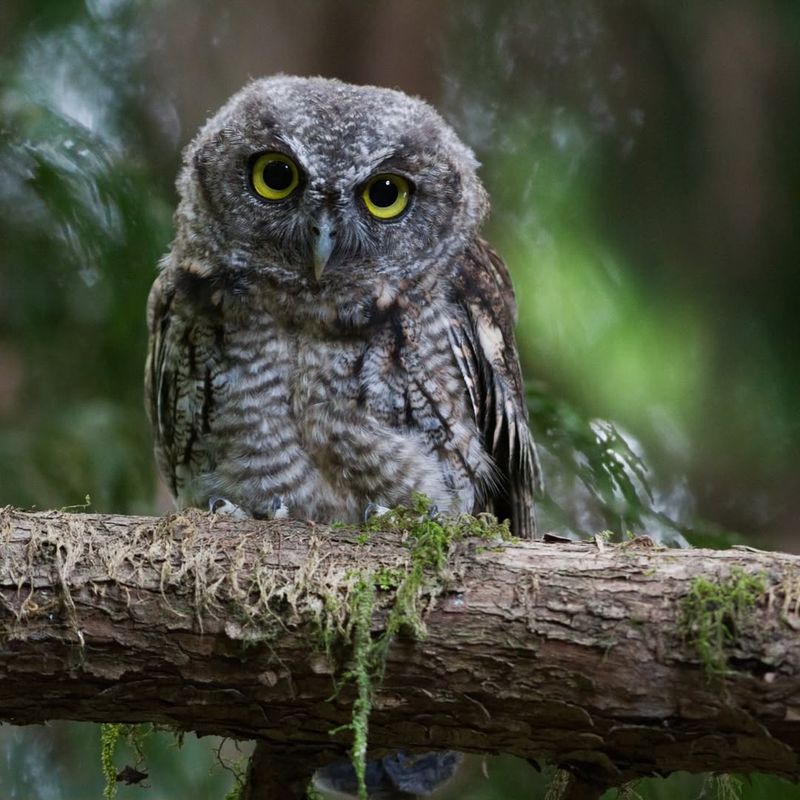
Western Screech Owls inhabit deserts and forests in the western U.S. Their plumage is greyish-brown, aiding in camouflage.
They’re nocturnal, hunting insects and small rodents. Their call is a series of soft hoots.
Despite their small size, they’re fierce defenders of their territory.
13. Elf Owl
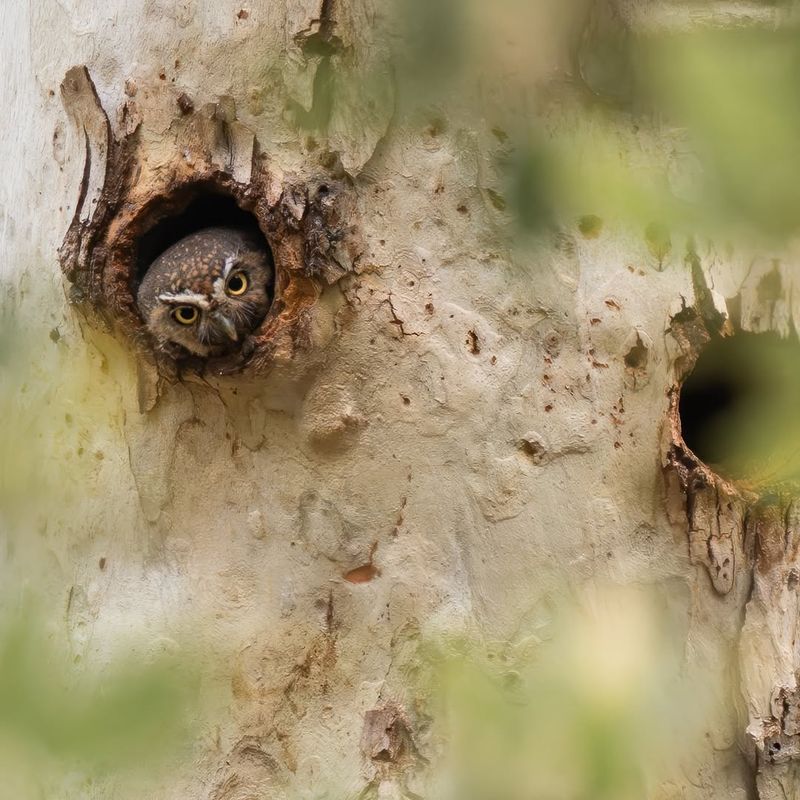
Tiny yet tenacious, these desert dwellers are the smallest owls on Earth.
Elf Owls nest in tree hollows or abandoned woodpecker holes in cacti, perfectly suited to their size. Their soft nighttime hoots echo across canyons as they hunt insects with surprising ferocity.
With bright eyes and a bold spirit, they bring charm and mystery to the arid landscapes they call home.
14. Spotted Owl
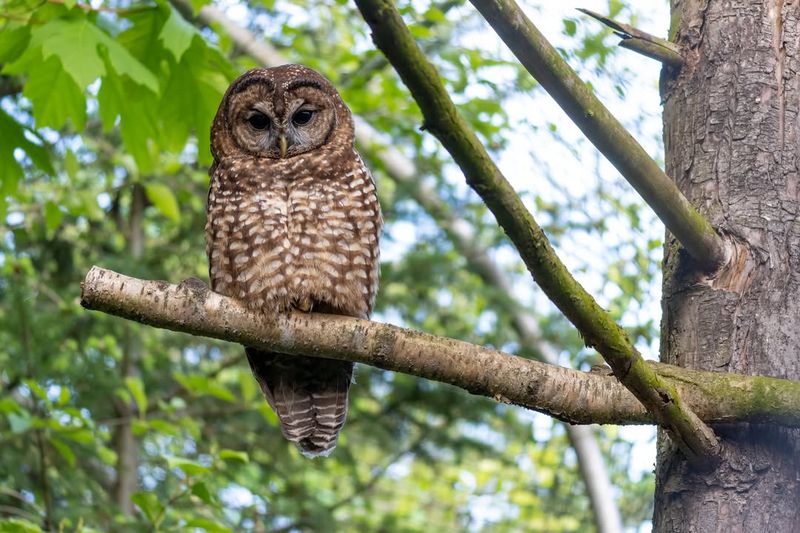
Spotted Owls inhabit old-growth forests, known for their spotted feathers. They prefer dense woods, hunting rodents and small mammals.
These owls are a symbol of forest conservation efforts. Their call is a series of mellow hoots.
The Spotted Owl’s reliance on mature forests makes them vulnerable to habitat loss, highlighting the importance of preserving these environments.



